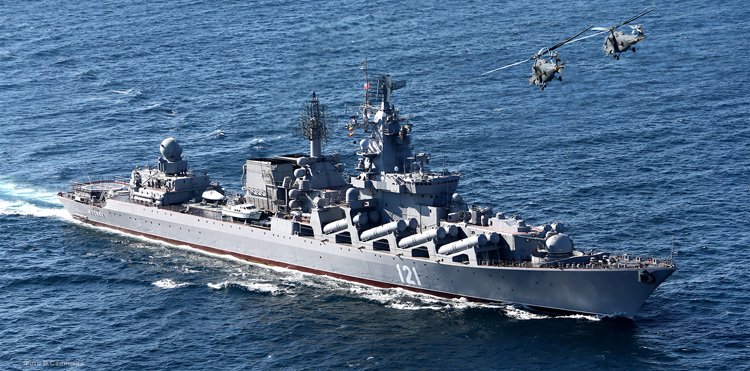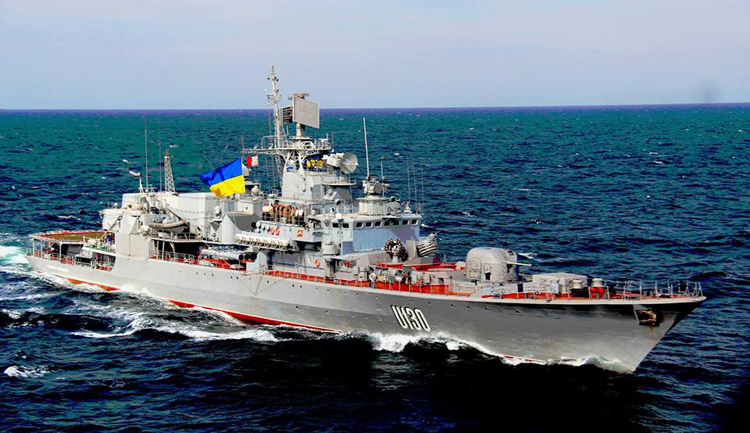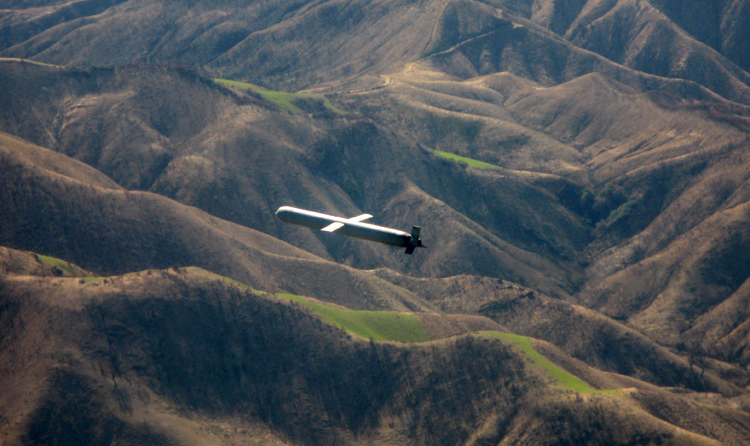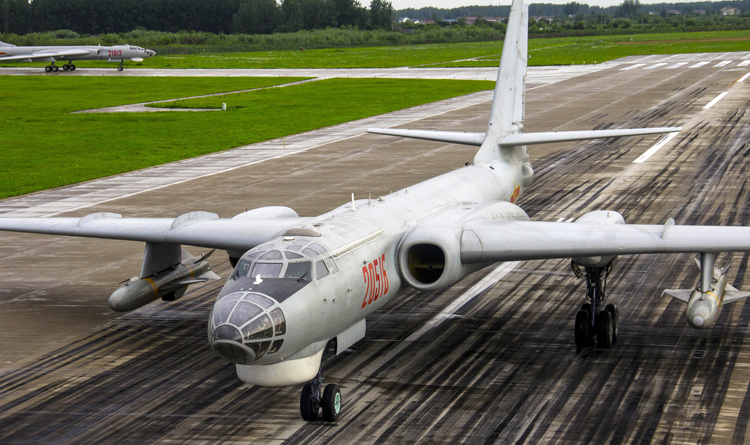INDIAN ARMED FORCES CHIEFS ON OUR RELENTLESS AND FOCUSED PUBLISHING EFFORTS

The insightful articles, inspiring narrations and analytical perspectives presented by the Editorial Team, establish an alluring connect with the reader. My compliments and best wishes to SP Guide Publications.

"Over the past 60 years, the growth of SP Guide Publications has mirrored the rising stature of Indian Navy. Its well-researched and informative magazines on Defence and Aerospace sector have served to shape an educated opinion of our military personnel, policy makers and the public alike. I wish SP's Publication team continued success, fair winds and following seas in all future endeavour!"

Since, its inception in 1964, SP Guide Publications has consistently demonstrated commitment to high-quality journalism in the aerospace and defence sectors, earning a well-deserved reputation as Asia's largest media house in this domain. I wish SP Guide Publications continued success in its pursuit of excellence.
- Global Partners Urged to Tap India's Shipbuilding Potential: Rajnath Singh at Samudra Utkarsh
- All about HAMMER Smart Precision Guided Weapon in India — “BEL-Safran Collaboration”
- India, Germany deepen defence ties as High Defence Committee charts ambitious plan
- G20 Summit: A Sign of Global Fracture
- True strategic autonomy will come only when our code is as indigenous as our hardware: Rajnath Singh
- India–Israel Joint Working Group Meeting on defence cooperation to boost technology sharing and co-development
Beyond The Moskva Sinking
The threat to naval platforms comes primarily from aircraft and torpedoes but technological advancements in surveillance capabilities, that are networked with missiles based on air, land, and sea platforms, have certainly increased the vulnerability of surface naval assets
 |
The Author is Former Director General of Information Systems and A Special Forces Veteran, Indian Army |

On March 3, 2022, the Ukrainian Navy’s Flagship in the Black Sea, ‘Hetman Sahaidachny’ (U130), a 3,500-tonne Krivak III-class frigate - pride of the Ukrainian Navy, was scuttled by Ukraine in Nikolaev. Next day a post on Facebook by Oleksiy Reznikov, Ukrainian Defence Minister, stated, "The Commander of the flagship of the Ukrainian Navy followed the order to flood the ship so that the Hetman Sahaidachny frigate, which was under repair, would not fall into the hands of the enemy. It is hard to imagine a more difficult decision for a courageous soldier and crew."
But the bigger news came on April 14, 2022, of Russia’s Flagship ‘Moskva’ of the Baltic Fleet sinking off the coast of Ukraine in the Black Sea. Russian said the loss of the 12,000-ton cruiser ‘Moskva’ was due to an accidental fire on board but Ukraine claimed it hit the Moskva with two anti-ship Neptune cruise missiles, which sparked the fire that detonated the ammunition.
American analyst HI Sutton tweeted - “Moskva Sinking: Images Reveal Once Powerful Russian Navy Ship On Fire. First analysis shows the fire aft of the Vulcan missiles and ahead of S-300 missiles, possibly this is before a larger explosion. First analysis, caveats apply, OSINT”.

The above indicates that possibly there was already a fire onboard when the missiles hit Moskva. Russia said the fire broke out when Moskva was being towed. The Russian Defence Ministry acknowledged the sinking of Moskva on April 17 after sustained fighting to douse the fires, and posted on social media a video of the ceremony for the cruiser Moskva, showing that some 240 people survived. Possibly half the crew perished.
The Russian Black Sea Fleet’s unlimited operations near Ukrainian territorial waters and the Ukrainian Navy scuttling its own flagship ‘Hetman Sahaidachnny’ (U130) on March 3, reinforces the view that the delivery of Neptune missiles in April had failed due to wartime conditions
The Ukrainian Ministry of Defence had announced in December 2021 that the delivery of Neptune anti-ship missiles is scheduled for April 2022. With the conflict having commenced on February 24, it is debatable whether delivery of these missiles was on schedule, which would have been monitored by Russia. The Russian Black Sea Fleet’s unlimited operations near Ukrainian territorial waters and the Ukrainian Navy scuttling its own flagship ‘Hetman Sahaidachnny’ (U130) on March 3, reinforces the view that the delivery of Neptune missiles in April had failed due to wartime conditions.

There is strong possibility that instead of the Neptune cruise missiles, the ‘Tomahawk’ missiles were used. The ‘Tomahawk’ Land Attack Missile (TLAM) long-range, all-weather, jet-powered, subsonic cruise missile which is primarily used by the US Navy and the British Navy in ship and submarine-based land-attack operations. With the conflict running into 45 days by then, possibly the US or UK not only supplied the Tomahawks but also the crews.
The sinking of the 12,000-ton Moskva, however, has brought to the fore the question of vulnerability and survivability of large naval platforms particularly aircraft carriers at sea
On April 9, 2022, after British Prime Minister Boris Johnson made a surprise visit to Kiev and met Ukrainian President Volodymyr Zelensky, he promised to send more tanks and long-range anti-ship missiles to Ukraine. If Ukraine had already inducted its own Neptune missiles, where was the need for Johnson to promise more long-range anti-ship missiles to Zelensky?
There are many other questions and speculation about the Russian intelligence, training, defence against anti-ship cruise missiles, and the like. How come the missiles (Neptune or Tomahawk) were not detected and action taken to destroy them, with a minimum expected warning of two minutes? These can be left to the analysts but the fact is that Moskva was hit by anti-ship cruise missiles and has sunk, which would have been a psychological shock to Moscow. That the US-led Anglo Saxon front is determined to keep fueling the Ukraine conflict also appears certain.

The sinking of the 12,000-tonne Moskva, however, has brought to the fore the question of vulnerability and survivability of large naval platforms particularly aircraft carriers at sea. In a country like India, such a debate is more relevant, where inimical forces on foreign payroll would strive to limit growth of the Indian Navy. Moskva made big news but one can Google and see the number of US Navy vessels, including battleships, aircraft carriers, heavy cruisers and the like sunk or damaged during World War II, in addition to the Japanese attack on Pearl Harbour.
With advancement of technologies, precision of weapons will continue to improve but so will the defence against them be required to correspondingly become better
No doubt the threat to naval platforms comes primarily from aircraft and torpedoes. But technological advancements in surveillance capabilities that are networked with missiles based on air, land, and sea platforms have certainly increased the vulnerability of surface naval assets. Also, precision guided munitions (PGMs) like cruise missiles are a potent threat to large naval vessels at sea, but these have also been on the scene for quite some time.
But, nations are and will continue to add large naval platforms including aircraft carriers to their naval fleets to defend their waters and to ensure national security, especially given that around 90 per cent of the global trade is by sea. With advancement of technologies, precision of weapons will continue to improve but so will the defence against them be required to correspondingly become better.

China recently flaunted its hypersonic YJ-21 missile that it claims can knock off America’s mightiest warships. A recently released video showed the YJ-21 (Eagle Strike 21) carried by China’s H-6N bomber aircraft. The YJ-21 is the ship-launched version of China’s ground-based DF-21D missile. The DF-21D missile, dubbed the “carrier killer”, initially follows a ballistic trajectory similar to that of a strategic nuclear missile, then leaves the atmosphere and re-enters it to release a re-entry vehicle that propels down to hit an aircraft carrier.
The above does not mean that the US Navy would pack off from Western Pacific, they simply would need to defeat the YJ-21 and its successors. India being a peninsular nation has to be similarly equipped not only to secure its waters but also to be a net security provider.





